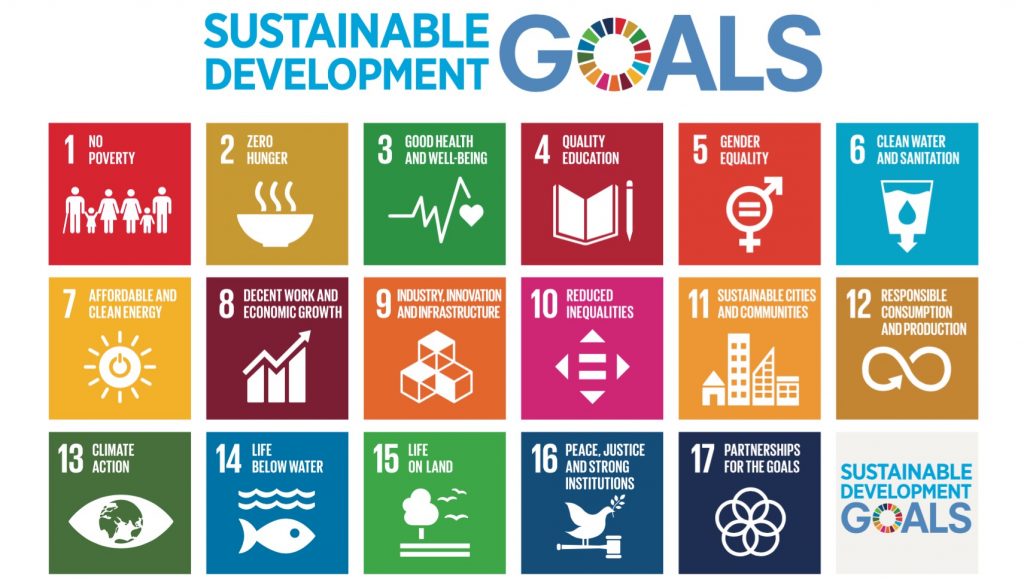 At the spring meeting of The Conference Board’s Global CSR & Philanthropy Council, the group closely considered their next steps with regard to the SDGs. Members had provocative discussions stimulated by various guest speakers from organizations such as the United Nations Foundation, US-ASEAN Business Council, The Conference Board, and Palladium.
At the spring meeting of The Conference Board’s Global CSR & Philanthropy Council, the group closely considered their next steps with regard to the SDGs. Members had provocative discussions stimulated by various guest speakers from organizations such as the United Nations Foundation, US-ASEAN Business Council, The Conference Board, and Palladium.
The SDGs were ratified in 2015 to move the world closer to peace and prosperity. Unlike the Millennium Development Goals (MDGs), the SDGs are big, broad and inclusive. For example, under the SDGs, goals targeting social issues have expanded to include economic and environmental issues; assistance for low-income countries and marginalized communities now includes investment in solutions; whereas the MDGs focused on developing countries, the SDGs are universal; and while the MDGs excluded businesses, it is hard to imagine that the SDGs could be met without the involvement of the private sector, collaborating with NGOs and governments.
Some companies are training their employees on the SDGs, educating them on what the goals mean and how their individual efforts collectively impact both the company’s and societal goals. Companies are mapping their efforts around the SDGs holistically: by location, operations, products, core competencies, and employees, mapping their resources against regional and local issues and developing plans around how the company can make the most positive impact.
New China research
Anke Schrader, senior researcher with The Conference Board China Center presented a new piece of research, “China and the UN SDGs,” that discussed China’s policy priorities and how multinational corporations can align business strategies with them. The SDGs align with the Chinese government’s imperatives of economy, environment, and security, as well as the country’s geo-political aspirations, so implementing initiatives to meet the goals in China makes sense. Of the SDGs’ 17 goals and 169 targets, 46 targets overlap with China’s national plans and priorities, in particular its 2020 goals of pollution control and poverty alleviation that China’s president Xi Jinping recently reaffirmed at the 2018 National People’s Congress in March. Through the SDGs, there is an opportunity for companies to engage on something that the government cares deeply about.
Activating youth
With 60 percent of the world’s population under the age of 30, it’s no surprise council members were asking how youth can change the world. Global Youth Service Day (GYSD), which has aligned all its projects with the SDGs and is a catalyst for getting youth involved in achieving the goals all year long, advocates “ASAP:” awareness, service, advocacy and philanthropy. If every child participated in volunteer service, it would help achieve global scale, global visibility and ultimately global impact in a way that promotes the SDGs. Additionally, youth service fosters critical thinking, collaboration, and communication, all of which lead to creativity—skills needed to fill the jobs of the future.
Inclusive growth starts with aligning core business strategies with the SDGs. While many initiatives have come and gone over the years, the SDGs are gaining traction and there is opportunity for business in those 17 goals.
This article was first published by The Conference Board on May 8, 2018
